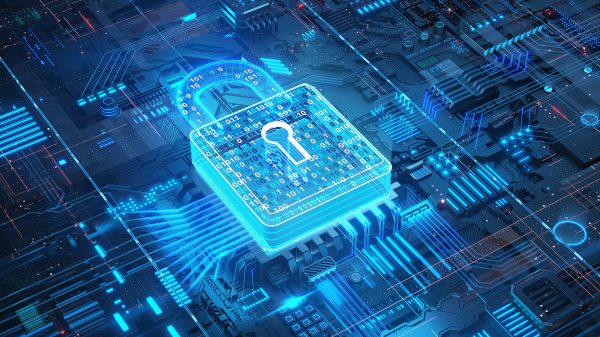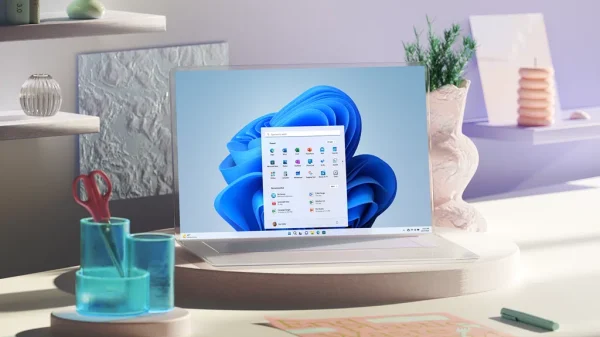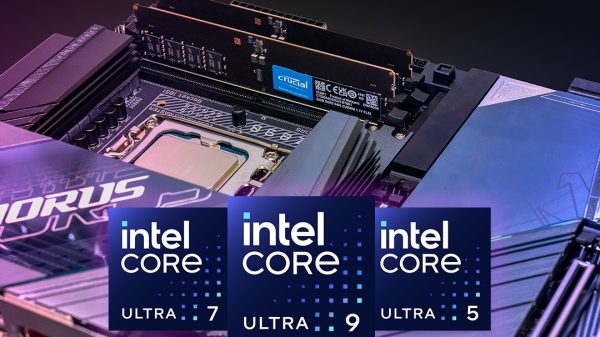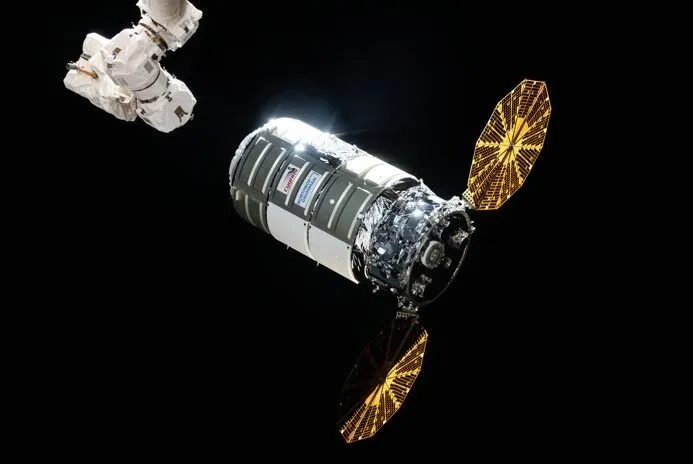The International Space Station (ISS) has bid farewell to Northrop Grumman’s Cygnus spacecraft, which has been docked at the station for five-and-a-half months. The departure marks the end of the spacecraft’s mission, which began in February when it launched atop a SpaceX Falcon 9 rocket from the Kennedy Space Center in Florida. During its stay, Cygnus delivered 8,200 pounds of supplies, scientific investigations, commercial products, and essential cargo to the station.
The Cygnus spacecraft was attached to the station’s Unity module, where it was secured by the Canadarm2 robotic arm. On Friday morning, the arm detached the spacecraft from the module and nudged it away from the station. In its final task, Cygnus will conduct the Kentucky Re-entry Probe Experiment-2 (KREPE-2), which will test a thermal protection system for spacecraft and their contents during reentry into Earth’s atmosphere. This is crucial because small-scale reentry tests can be difficult to replicate in ground simulations.
Following its departure, Cygnus will execute a deorbit engine firing, which will slow down the spacecraft and guide it towards a planned reentry. During this process, the spacecraft and the ISS garbage it carried will safely burn up in the Earth’s atmosphere, along with any unneeded cargo. This marks the end of the 20th commercial resupply services mission by Northrop Grumman to the station for NASA.

NASA’s Cygnus Spacecraft Departs International Space Station After Five Months
Meanwhile, Boeing’s Starliner spacecraft is still docked at the ISS, despite initial plans to return earlier. The spacecraft arrived on its first crewed flight on June 6, but an issue with five of its thrusters and a number of helium leaks have led to an extended stay. NASA astronaut Suni Williams, one of the Starliner crew members, described the delay as part of the test mission, saying, “This is a test flight, so we were expecting to find some things, and so we are finding stuff and we are correcting it.”
In an update, Steve Stich, manager of NASA’s Commercial Crew Program, stated that the agency is taking its time to thoroughly analyze the data and correct the issues before deciding on the return opportunity. As of now, no date has been set for the Starliner’s return, but it is expected to fly home before the end of July.
The contrast between the two spacecraft’s missions underscores the complexity and uniqueness of space travel. While Cygnus completed its mission, Starliner’s delay highlights the importance of thorough testing and troubleshooting in ensuring the safety and success of space missions. NASA and its partners continue to work together to push the boundaries of space exploration, ensuring the continued advancement of scientific knowledge and technological innovation.








































